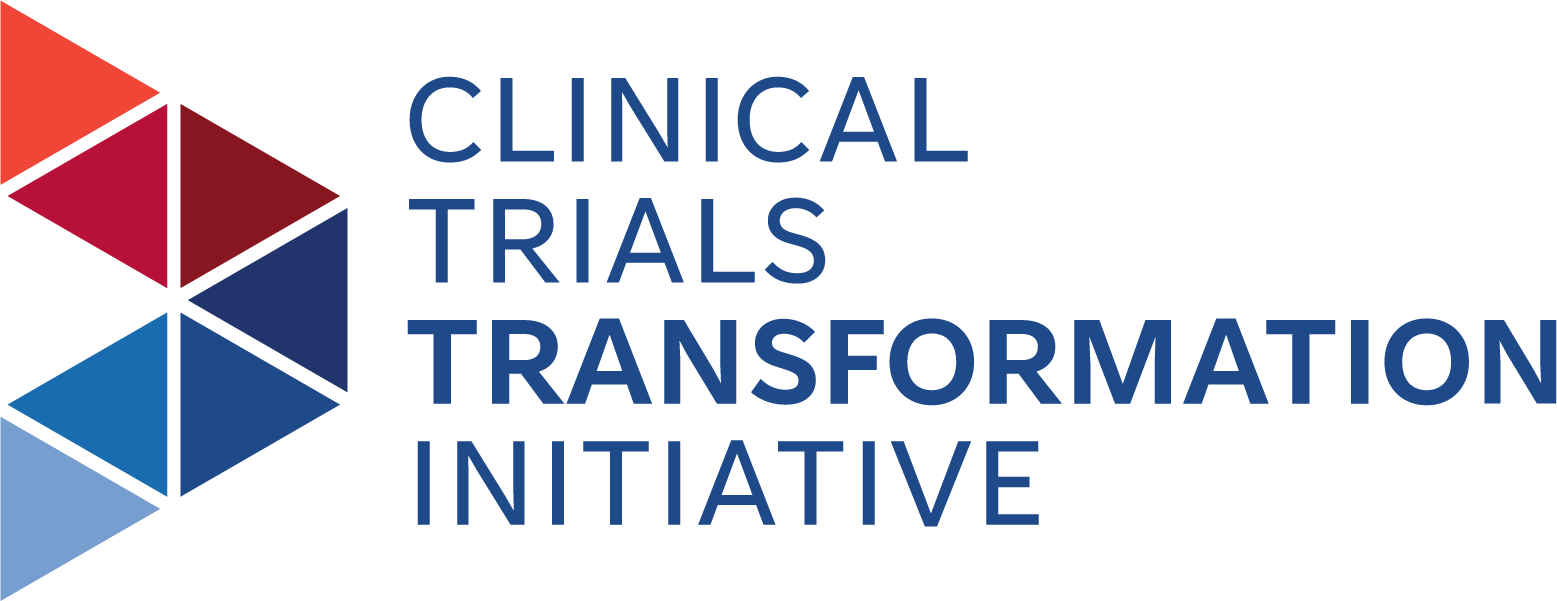Beyond Audits: DCRI Uses CTTI's Quality by Design Recommendations to Expand its Quality Assurance Program to Holistic, Proactive Quality Oversight
DCRI Applies CTTI's Quality by Design Recommendations
SUMMARY
The Duke Clinical Research Institute's (DCRI) Quality Assurance (QA) group in 2016
was largely reactive and audit-focused. In an effort to integrate quality more broadly into the
organization, the QA team trained a cross-functional group of 25 individuals in
Quality by Design thinking using CTTI's recommendations as a guide.
GOAL(S)
In the DCRI's early
days, its QA team was unofficially nicknamed "the audit group." They were seen
as the team on a mission to find what other DCRI teams were doing wrong and enforce
corrective action -- not an ideal image. The directors of DCRI's QA group found
this understanding of QA problematic. From their perspective, audits are only a
very small component of an organization's overall quality system, and there was
work to be done to make quality a partnership across the DCRI. DCRI's QA
leadership set out on a mission to drive ownership for quality deep into the
organization by teaching DCRI's functional teams that a good quality management
must be proactive and holistically applied across all functions.
CHALLENGES
From
the outset, the QA team had a steep hill to climb to overcome their stereotype
as reactive auditors and rule enforcers. Many of the functional areas they
wanted to educate were embedded with employees who had no previous exposure to Quality by Design (QbD) principles, which emphasize building quality into the outset of every
clinical study through collaborative work across functions and keeping the
focus on those errors that matter to decision-making or trial outcomes. Many
DCRI employees worried that the additional efforts required to implement QbD
would ultimately lead to a loss of time and increase costs. Clinical research,
they reasoned, is a competitive market, and keeping budgets lean is the only
way to compete.
SOLUTION(S)
CTTI's
QbD suite of resources offer evidence-driven answers and tools for countering
the narrative that QbD is costly and time-consuming. On the contrary, many
QbD-driven studies enjoy efficiency and cost savings through well-designed
protocols with fewer protocol amendments. The QbD recommendations from CTTI offer
tips for bringing together stakeholders and building quality into clinical
trial protocols from the outset. CTTI's QbD principles document illustrates in
detail how the likelihood of a successful, quality,
efficient trial can be dramatically improved through prospective attention to
preventing important errors that could undermine the ability to obtain
meaningful information from the trial.
TAKING ACTION
The
QA team began building a program comprised of about 25 diverse,
cross-functional individuals in the DCRI organization who had an interest in
quality. The group included people from information technology, mega-trials, statistics, clinical
operations, and data management. These individuals met monthly and were soon anointed
as being a QbD ambassador across the organization. These meetings had several
goals. First, QA leadership wanted to build a sense of community and
collaboration within the QbD ambassador group, breaking down silos that can
often limit traditional clinical research. Instead, QA leadership wanted these
25 individuals to rely on one another. Even though solutions were not
one-size-fits-all, different functional areas quickly found there were similar
experiences that could support one another. For example, someone in statistics
offered insight to how to solve an issue the mega-trials team had encountered.
Knowledge sharing across the organization took off, and once that trust was
built, the groups collaborated on how to intervene proactively to address
potential quality issues before they arose. The group began to challenge
themselves on how they might work together as a team to get things right the
first time, every time.
The
second goal of the QA leaders was to train these 25 individuals to be a
resource for QbD within the organization. That training included educating them
on root cause analysis, helping them identify and solve issues proactively. The
QbD ambassadors rose to the challenge and became very interested in making DCRI's
Standard Operating Procedures (SOPs) more meaningful as opposed to a checklist or document that employees
rarely looked at.
IMPACT
Four years later, the QA group's old "audit
group" stigma is gone, and employees are much more familiar with the DCRI QA
director’s favorite saying: "Quality is the right relationship." The notion of
interconnectedness across functions to deliver quality trials is central to QbD
and now at the core of the DCRI QA team's remit. Although DCRI's QbD workgroup
has since disbanded, the effort was successful in integrating QbD thinking into
the organization, with individuals in the original QbD cross-functional group
continuing to implement its tenets individually into each functional area.
DCRI's QA team is currently exploring ways to formally track progress of QbD
thinking via trends on audit findings, SOPs, and budget.
ADVICE
CTTI's
recommendations and evidence-based resources were valuable to DCRI because they provided organizational examples where implemented QbD processes and
methodologies brought real, tangible value. The QA team credits CTTI's efforts
as helping change hearts and minds across its organization in relation to QbD.
For teams unsure where to start with QbD, DCRI recommends using CTTI's QbD
resources as a gold standard. Their philosophy: "If you are afraid to make a
misstep, you will never make progress. Dive
in!"
ORGANIZATION
Duke University
ORGANIZATION TYPE
Academia
IMPLEMENTATION DATE
2016
TOPIC
Quality
